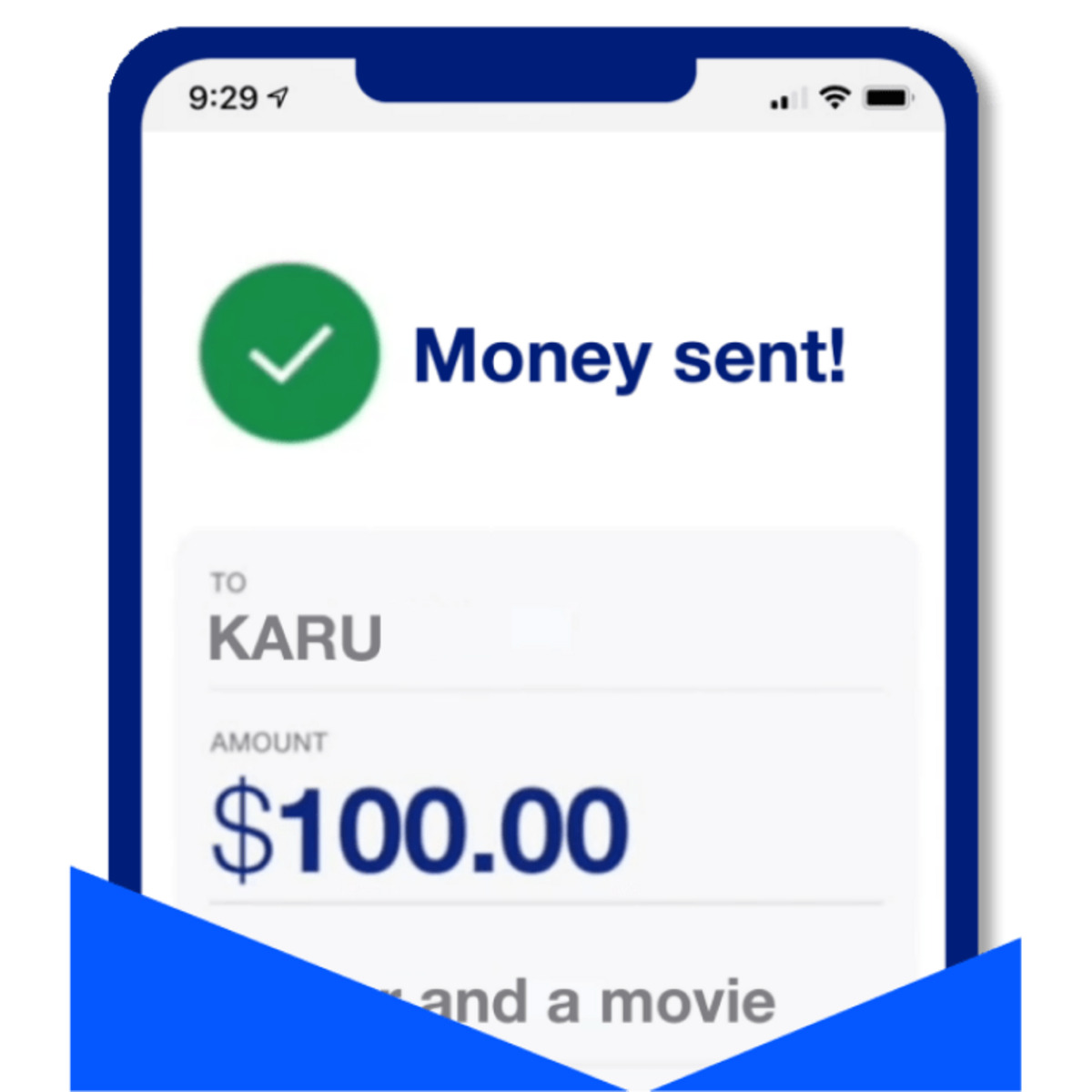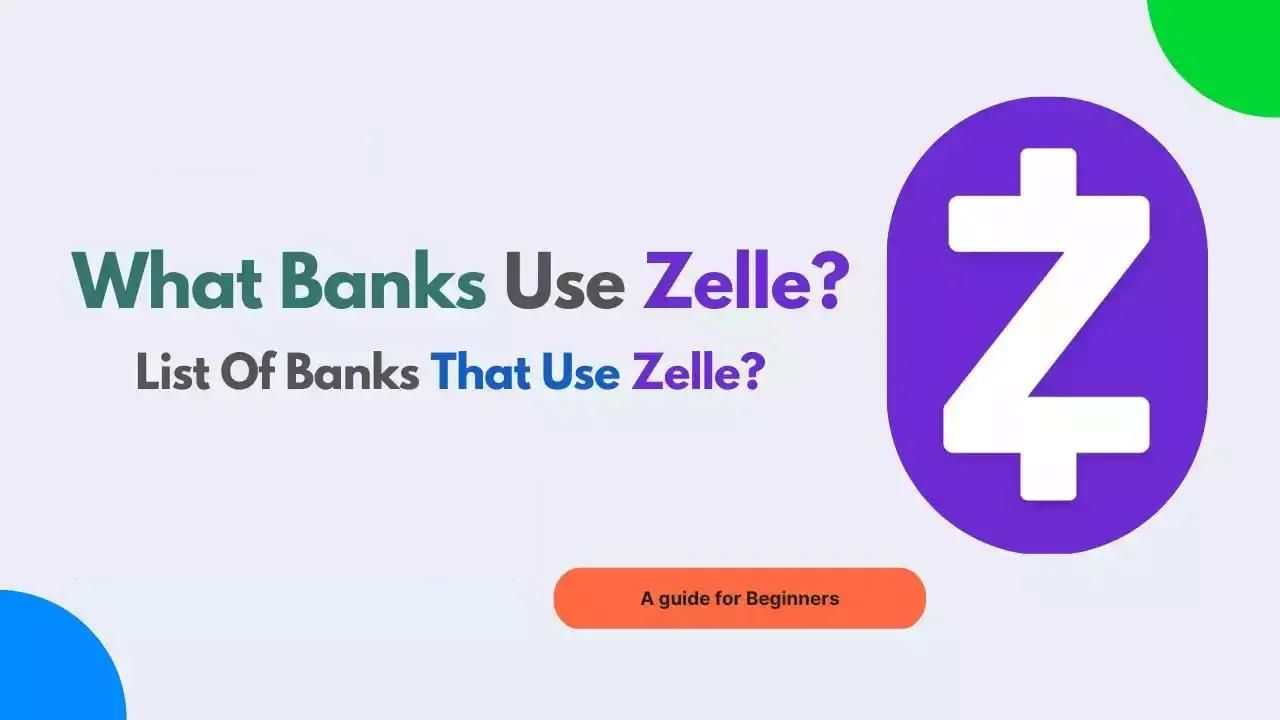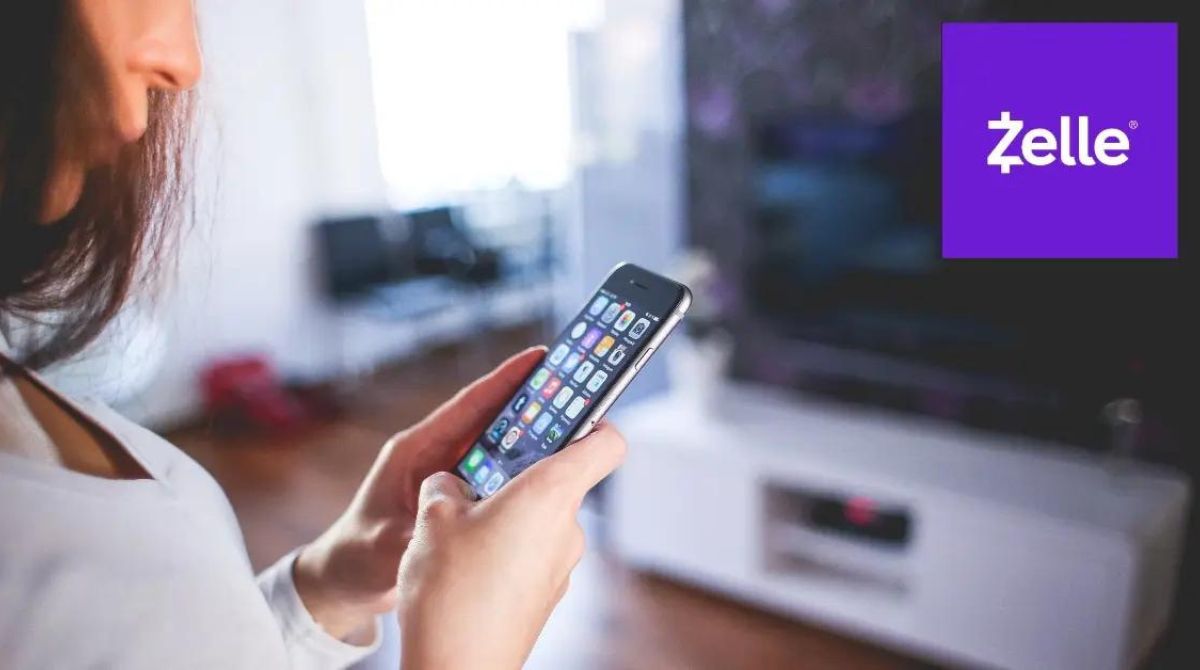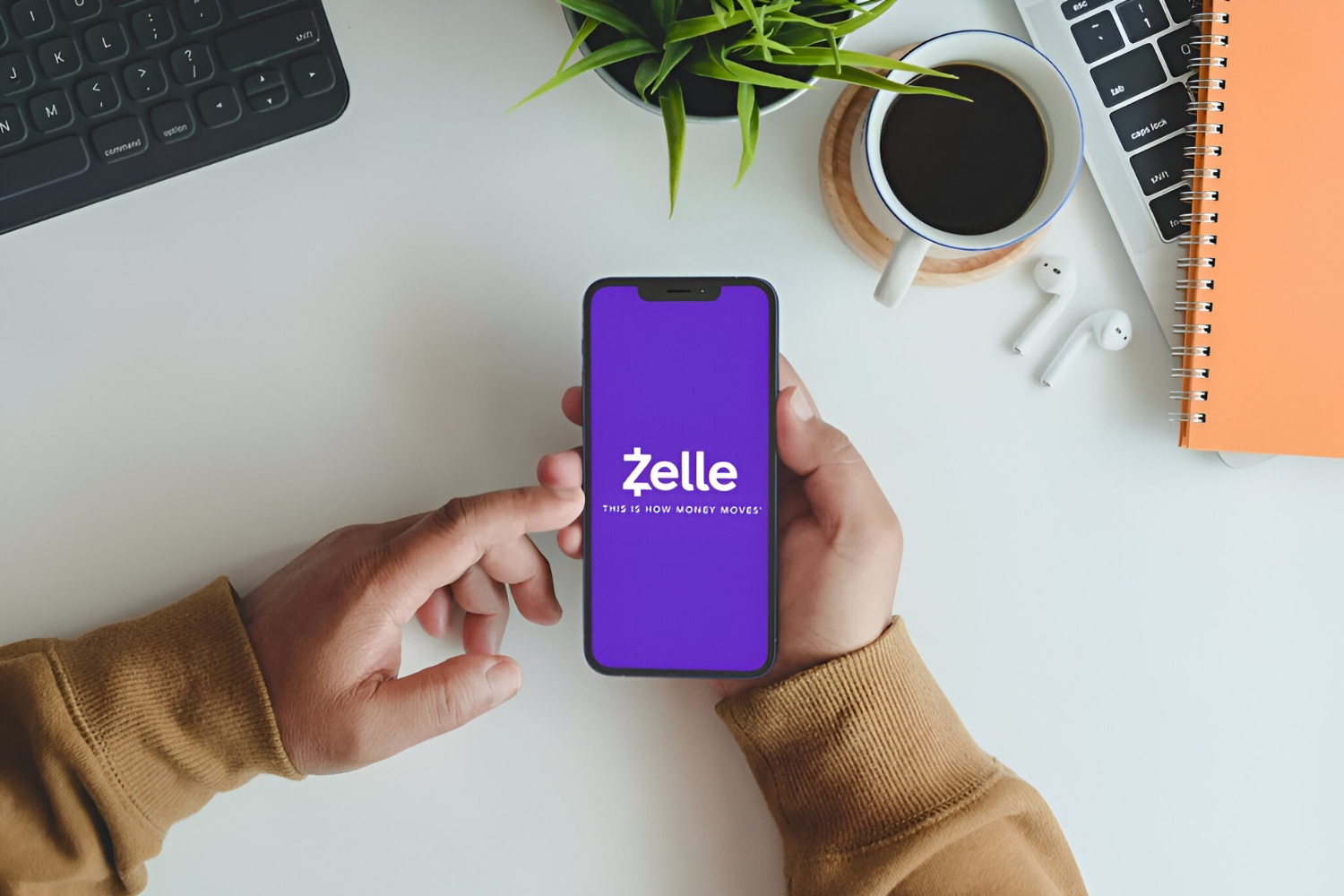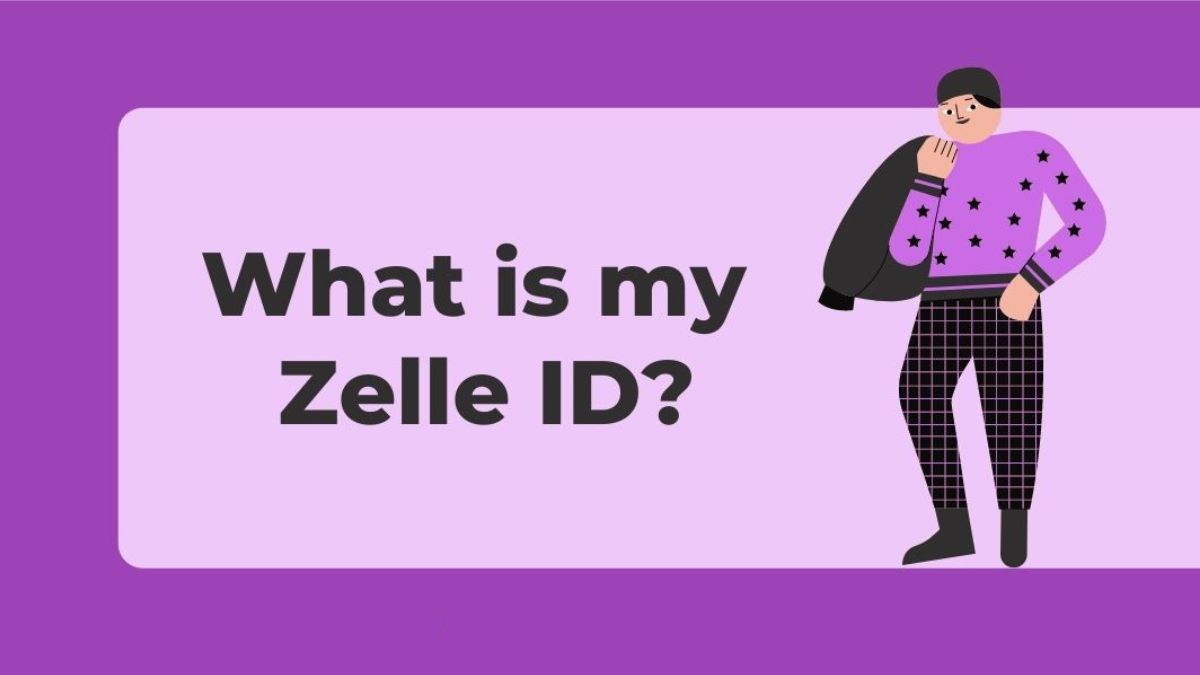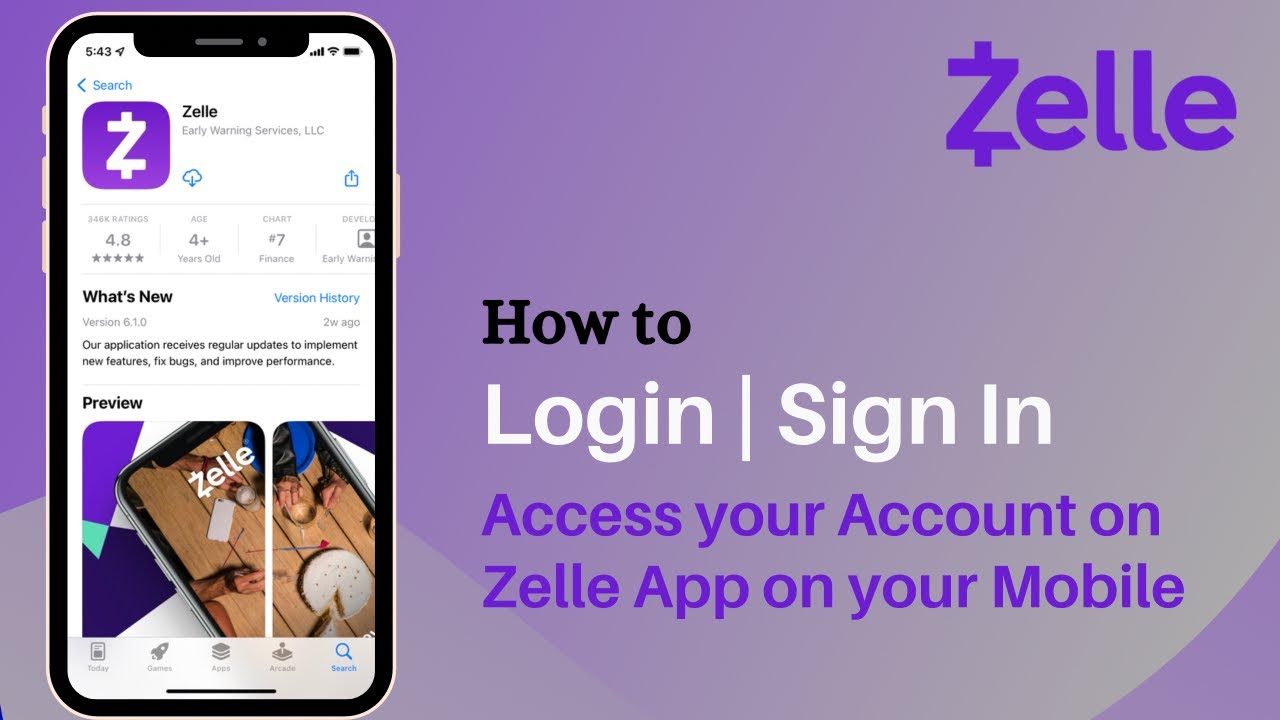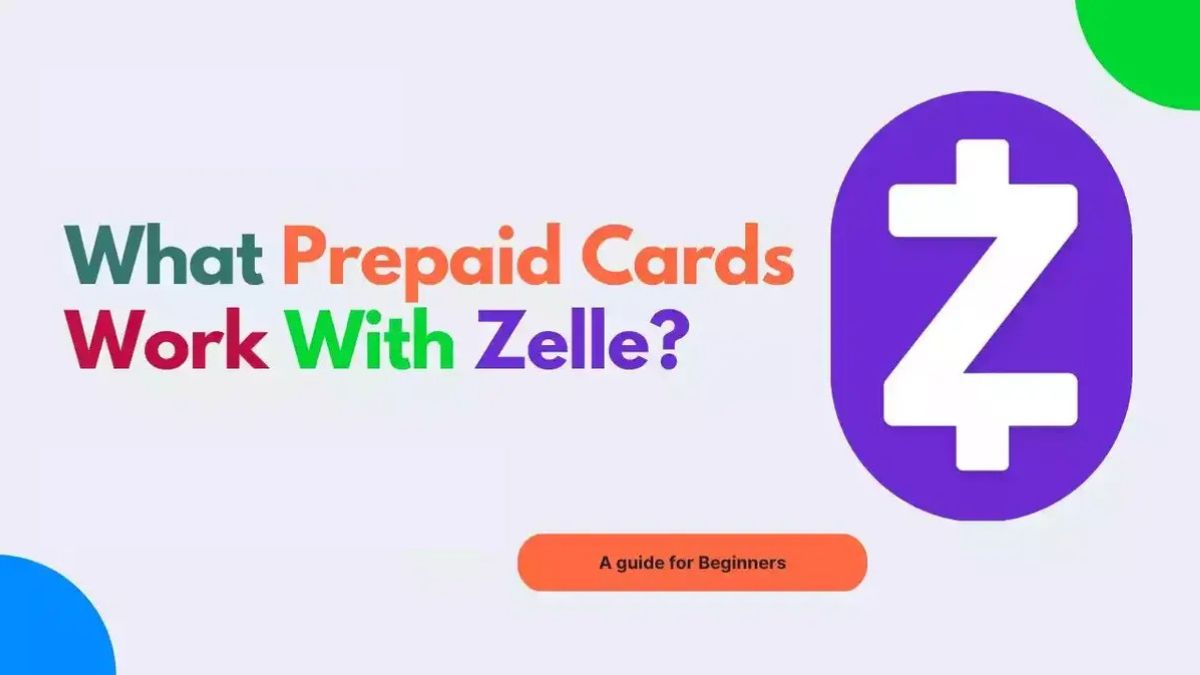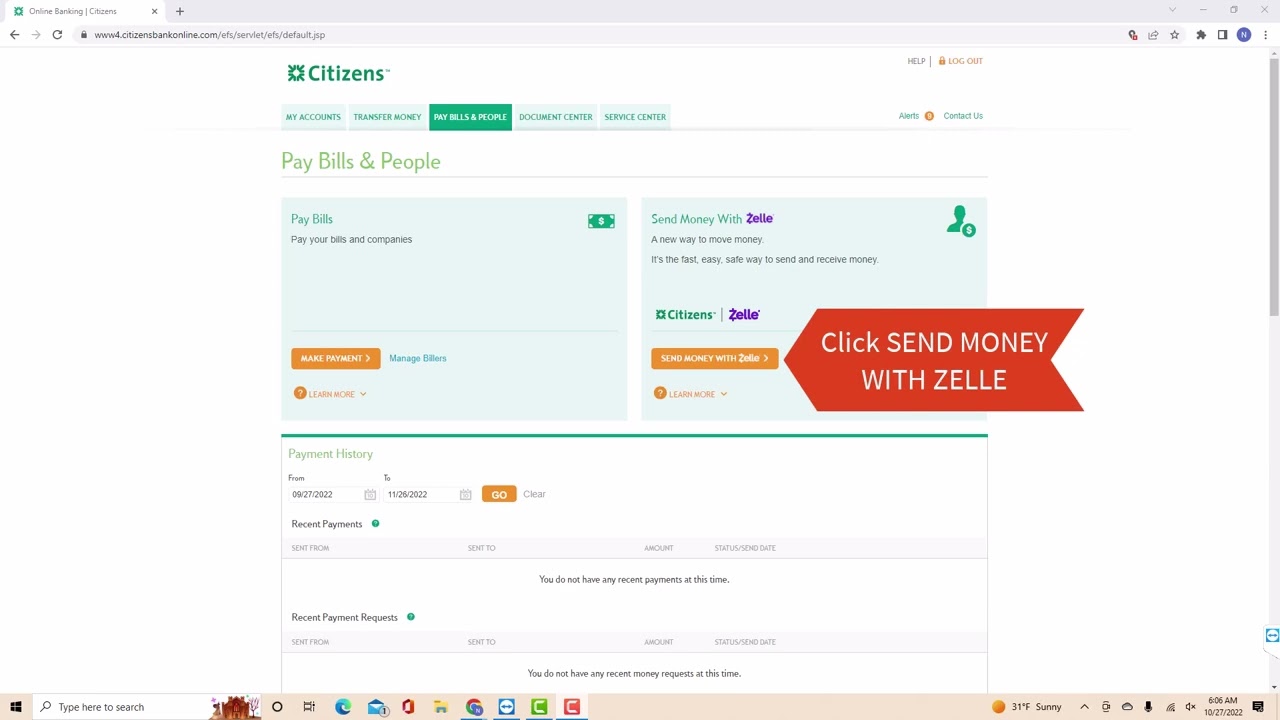Setting Up Zelle
Setting up Zelle is a simple and straightforward process that allows you to send and receive money quickly and securely. Follow these steps to get started:
- Download the Zelle mobile app from the App Store or Google Play Store. Alternatively, you can access Zelle through your online banking app or website.
- Open the Zelle app or navigate to the Zelle section in your banking app.
- Sign in or create a new account. If you’re using Zelle for the first time, you’ll need to provide your email address or mobile phone number.
- Verify your identity by entering the verification code sent to your email or phone number.
- Link your bank account to Zelle. Choose your bank from the list provided and follow the prompts to connect your account securely.
- Create a Zelle profile by providing your name, email, and phone number. This information will be used to send and receive payments securely.
- Review and accept the terms and conditions. It’s essential to understand the terms of service and privacy policy before using Zelle.
- Set up your security features, such as a unique password or fingerprint authentication, to protect your account.
Once you’ve completed the setup process, you’re ready to start sending and receiving money with Zelle!
It’s important to note that Zelle is available to individuals with a U.S. bank account and a valid email address or mobile phone number. Some banks may have specific requirements or limitations for accessing Zelle, so it’s best to check with your bank for any additional instructions.
Adding a Recipient
Once you have set up Zelle, you can easily add recipients to your account for seamless money transfers. Adding a recipient allows you to send money to someone quickly without having to enter their information every time. Here’s how to add a recipient:
- Open the Zelle app or navigate to the Zelle section in your banking app or website.
- Click on the “Add Recipient” or “Add Contact” button, depending on your device and Zelle interface.
- Enter the recipient’s name and contact information, such as their email address or mobile phone number. Make sure to double-check the details to ensure accuracy.
- If the recipient is already enrolled with Zelle, their name will be displayed. Verify their identity by confirming the name matches the intended recipient.
- Click on “Save” or “Add” to finalize adding the recipient to your Zelle account.
After adding a recipient, you can easily select them when initiating a money transfer. This convenience saves time and eliminates the need to enter their contact details repeatedly.
It’s important to note that recipients must also have a Zelle account to receive funds. If the recipient is not yet enrolled with Zelle, they will receive a notification with instructions on how to sign up and claim the funds you sent. If the recipient does not claim the funds within a specified time frame, the transaction may be canceled, and the money will return to your account.
Adding a recipient is a one-time setup process, and you can easily manage and edit your recipient list within the Zelle app or your online banking interface.
Sending Money to a Recipient
Now that you have added a recipient to your Zelle account, you can easily send them money with just a few clicks. Follow these steps to send money to a recipient:
- Open the Zelle app or navigate to the Zelle section in your banking app or website.
- Select the recipient you want to send money to from your list of added contacts. If the recipient is not yet added, click on the “Add Recipient” or “Add Contact” button and follow the instructions in the previous section.
- Enter the amount of money you wish to send to the recipient.
- Review the payment details and verify that both the recipient’s name and the amount entered are correct.
- Optionally, you may include a memo or note to accompany the transaction. This can be useful for personalizing the payment or providing additional information to the recipient.
- Click on the “Send” or “Transfer” button to initiate the payment.
Once the payment is initiated, the recipient will receive a notification through their registered email or mobile phone number, depending on their Zelle settings. The money is typically transferred to the recipient’s bank account instantly or within a few minutes, depending on their bank’s processing times.
It’s important to ensure that you have sufficient funds in your bank account linked with Zelle to complete the transaction successfully. If you try to send money without sufficient funds, the transaction may be declined or result in overdraft fees.
Furthermore, make sure to double-check the recipient’s details, especially their email address or mobile phone number, to avoid sending money to the wrong person. In case of any discrepancies, contact Zelle customer support or your bank immediately to rectify the issue.
Sending money to a recipient through Zelle is a convenient, secure, and almost instant way to transfer funds without the need for cash or physical checks.
Requesting Money from a Recipient
Zelle not only allows you to send money to recipients, but it also provides the ability to request money from someone who owes you. Follow these steps to request money from a recipient:
- Open the Zelle app or navigate to the Zelle section in your banking app or website.
- Click on the “Request Money” or “Send Request” button, depending on your device and Zelle interface.
- Select the recipient from your list of added contacts or enter their email address or mobile phone number manually.
- Enter the amount of money you are requesting from the recipient.
- If desired, you can include a brief message explaining the reason for the request or any additional details.
- Review the request details and verify that the recipient’s contact information and requested amount are correct.
- Click on the “Send Request” or “Request Money” button to send the request to the recipient.
Once the request is sent, the recipient will receive a notification through their registered email or mobile phone number with the details of the request. They can then choose to approve and send the requested amount directly through Zelle.
It’s important to note that requesting money does not guarantee that the recipient will fulfill the request. They have the discretion to approve or decline the request based on their own circumstances.
Additionally, be mindful of your relationship with the recipient when requesting money. It’s essential to approach such requests politely and ensure that the amount and purpose are communicated clearly.
Zelle makes it easy to track requested payments within the app or banking interface, allowing you to keep a record of outstanding requests and follow up with recipients if needed.
Requesting money from a recipient through Zelle provides a direct and convenient way to remind someone about a payment owed, simplifying the process for both parties involved.
Receiving Money through Zelle
When someone sends you money through Zelle, receiving the funds is a quick and straightforward process. Here’s how you can receive money through Zelle:
- Check your email or mobile phone for a notification regarding the incoming funds. Zelle will send you a message with instructions on how to claim the money.
- Click on the link provided in the notification, which will direct you to the Zelle app or your bank’s Zelle section.
- If you already have a Zelle account, sign in using your credentials. If you don’t have a Zelle account, you will be prompted to create one by providing your name, email address, and mobile phone number.
- Verify your identity by entering the verification code sent to your email or mobile phone number associated with Zelle.
- Review the payment details, including the sender’s name, the amount received, and any accompanying message or memo.
- Choose to accept or decline the funds. If you accept, the money will be deposited into the bank account linked to your Zelle account.
Once the money is deposited, you can use it for various purposes, such as paying bills, making purchases, or transferring it to another bank account if needed.
It’s crucial to double-check the sender’s details before accepting the funds, especially if you are unfamiliar with the sender or if there are any discrepancies. If you suspect any fraudulent activity or unauthorized transactions, contact Zelle customer support or your bank immediately.
Receiving money through Zelle offers a convenient and secure way to receive funds directly into your bank account, eliminating the need for physical checks or cash transactions.
Managing Your Zelle Transactions
As you use Zelle for sending and receiving money, it’s important to manage your transactions effectively. Here are some tips for managing your Zelle transactions:
- Keep track of your transaction history: Zelle provides a transaction history feature that allows you to view all the payments you have sent and received. Regularly review your transaction history to ensure accuracy and keep track of your financial activity.
- Monitor your account balance: Before initiating a payment through Zelle, always check your bank account balance to ensure you have sufficient funds. This ensures that your payments go through successfully and helps you avoid overdraft fees or declined transactions.
- Manage your recipients: Regularly update and manage the list of recipients in your Zelle account. Remove recipients who are no longer relevant or add new recipients as needed. Keeping your recipient list organized makes it easier to send money quickly.
- Review transaction details: When sending or receiving money through Zelle, carefully review the details before confirming the transaction. Double-check recipient names, amounts, and any additional notes or memos to avoid errors or misunderstandings.
- Set transaction alerts: Take advantage of any transaction alert features provided by your bank or Zelle to receive notifications for any incoming or outgoing payments. This helps you stay informed about your financial activity and quickly identify any unauthorized transactions.
- Budget and plan ahead: Use Zelle as part of your budgeting and financial planning process. Set concrete goals and allocate funds accordingly. By managing your Zelle transactions within your broader financial strategy, you can maintain better control over your finances.
Remember, managing your Zelle transactions effectively contributes to a smooth and hassle-free experience. Regularly reviewing and organizing your transactions ensures accuracy, security, and better financial management overall.
Zelle Limits and Fees
Zelle offers a convenient way to send and receive money, but it’s important to be aware of its limits and potential fees. Here’s an overview of Zelle’s limits and fees:
Transaction Limits:
Zelle has certain limits on the amount of money you can send or receive in a single transaction as well as within a specific timeframe. These limits may vary depending on your bank or financial institution, so it’s essential to check with them for the specific limits applicable to your account. Generally, Zelle’s transaction limits can range from a few hundred to a few thousand dollars per day or per week.
Fees:
Zelle itself does not charge any fees for sending or receiving money. However, your bank or financial institution may have its own fees related to using Zelle. It’s recommended to review your bank’s fee schedule or contact their customer support to understand any potential charges associated with Zelle transactions.
It’s worth noting that while Zelle does not charge fees, there may be other factors that can result in additional costs. For example, if you send money to someone who is not enrolled with Zelle, they may incur fees or charges when claiming the funds. Additionally, if you exceed the transaction limits set by your bank, they may charge you fees for any transactions that go beyond those limits.
To avoid any surprises, make sure to understand your bank’s policies and fees related to Zelle usage. This will help you plan your transactions accordingly and be aware of any potential costs.
Zelle’s limits and fees are designed to ensure security, prevent fraud, and promote responsible use of the platform. By familiarizing yourself with these limitations and potential charges, you can have a better understanding of how to effectively manage your Zelle transactions while staying within your financial means.
Security and Privacy with Zelle
Ensuring the security and privacy of your financial transactions is of utmost importance when using any online payment service, and Zelle is no exception. Here’s what you need to know about the security and privacy measures implemented by Zelle:
Data Encryption:
Zelle employs advanced encryption technology to protect your personal and financial information. This means that your data is scrambled during transmission, making it extremely difficult for unauthorized parties to intercept or access it.
Authentication and Verification:
Zelle requires users to register and verify their identity before using the service. This verification process helps ensure that only legitimate users can access and utilize Zelle for sending and receiving money.
Fraud Monitoring:
Zelle has comprehensive fraud monitoring systems in place to detect and prevent fraudulent activities. These systems continuously analyze transactions and user behavior to identify any suspicious or unauthorized activity. In the event of suspected fraud, Zelle takes appropriate steps to protect users’ accounts and investigate the issue.
User Responsibility:
While Zelle takes significant security measures, users also play a crucial role in maintaining the security of their accounts. It is essential to follow best practices such as using strong and unique passwords, avoiding sharing account details with others, and regularly monitoring account activity for any anomalies.
Privacy:
Zelle prioritizes user privacy and has strict policies and procedures in place to safeguard personal information. Zelle does not share user information with third parties for marketing purposes without explicit consent. However, it’s important to review Zelle’s privacy policy and understand how they collect, store, and use your data.
While Zelle implements robust security measures, it’s important to remain vigilant and exercise caution when using the service. Be wary of any suspicious messages or requests for personal information, as fraudsters may attempt to impersonate Zelle or deceive users. If you encounter any suspicious activity or have concerns regarding security or privacy, contact Zelle customer support or your bank immediately.
By being aware of the security and privacy measures implemented by Zelle and taking appropriate precautions, you can confidently use the service for your financial transactions.
Troubleshooting Zelle Issues
While Zelle offers a convenient and reliable way to send and receive money, there may be instances where you encounter issues or face challenges. Here are some common troubleshooting steps to help you resolve any problems you may experience with Zelle:
1. Check your network connection:
Ensure that you have a stable internet connection or reliable mobile data to access Zelle. Unstable or weak connections may cause issues with the app or delay transaction processing.
2. Verify recipient details:
Double-check the recipient’s contact details, such as their email address or phone number, to ensure they are entered correctly. Sending money to an incorrect recipient can lead to complications and delays.
3. Confirm recipient enrollment with Zelle:
Ensure that the recipient has enrolled with Zelle to receive funds. If they haven’t, they will need to register with Zelle using the instructions provided in the payment notification.
4. Contact your bank or financial institution:
If you are experiencing issues with linking your bank account or accessing Zelle through your banking app or website, contact your bank’s customer support. They can provide specific guidance and assistance based on your account and the banking platform you are using.
5. Clear cache and cookies:
If you are encountering issues with the Zelle app or website, try clearing the cache and cookies on your device. This can help resolve any temporary glitches or conflicts that may be affecting the performance of the app or website.
6. Update the app or software:
Make sure that you have the latest version of the Zelle app or the latest updates for your banking app and operating system. Outdated software can sometimes cause compatibility issues and affect the functionality of Zelle.
7. Contact Zelle customer support:
If all troubleshooting steps fail to resolve the issue, reach out to Zelle’s customer support directly for assistance. They can provide guidance, troubleshoot specific issues, and offer solutions to resolve any technical or transaction-related problems.
Remember that Zelle is a service offered by your bank or financial institution, so contacting their customer support may also be helpful in resolving any Zelle-related issues.
By following these troubleshooting steps and seeking support when needed, you can overcome any challenges that arise while using Zelle and ensure a smooth experience for your financial transactions.
Alternatives to Zelle
While Zelle is a popular choice for sending and receiving money, there are several alternative services available that offer similar functionality. Here are some alternatives to consider:
1. Venmo:
Venmo, owned by PayPal, allows users to send and receive money with ease. It offers a social aspect, allowing you to share payment activities with friends and customize transaction descriptions.
2. PayPal:
PayPal is a widely recognized online payment platform that enables users to send and receive money internationally. It also offers additional features such as the ability to make online purchases with ease.
3. Cash App:
Developed by Square Inc., Cash App allows users to send and receive money quickly. It also offers the option of a Cash Card, which functions like a debit card and can be used for purchases and ATM withdrawals.
4. Google Pay:
Google Pay is a digital wallet that allows users to send money, make online purchases, and store payment information securely. It integrates with Google’s ecosystem of services and is convenient for users who frequently use Google products.
5. Apple Pay:
Apple Pay is an easy-to-use digital wallet that allows users to make secure payments using their Apple devices. It offers a seamless experience with the added benefit of compatibility across multiple Apple devices.
6. Square Cash:
Square Cash, also known as the Cash App, is a user-friendly peer-to-peer payment service that allows quick and easy money transfers. It also offers a range of additional features such as the ability to invest in stocks and buy Bitcoin.
7. Facebook Pay:
Facebook Pay is a payment service integrated with Facebook, Messenger, and Instagram. It allows users to send and receive money securely within the platforms and is convenient for users who are active on social media.
When considering alternative payment services to Zelle, it’s important to compare their features, fees, and availability in your country or region. Choose the service that best aligns with your needs, preferences, and the platforms you frequently use.
Remember to review each service’s security measures, privacy policies, and customer support options to ensure a safe and reliable money transfer experience.
While Zelle offers a seamless experience for many users, exploring alternative payment services can provide you with more options and cater to your specific requirements.







